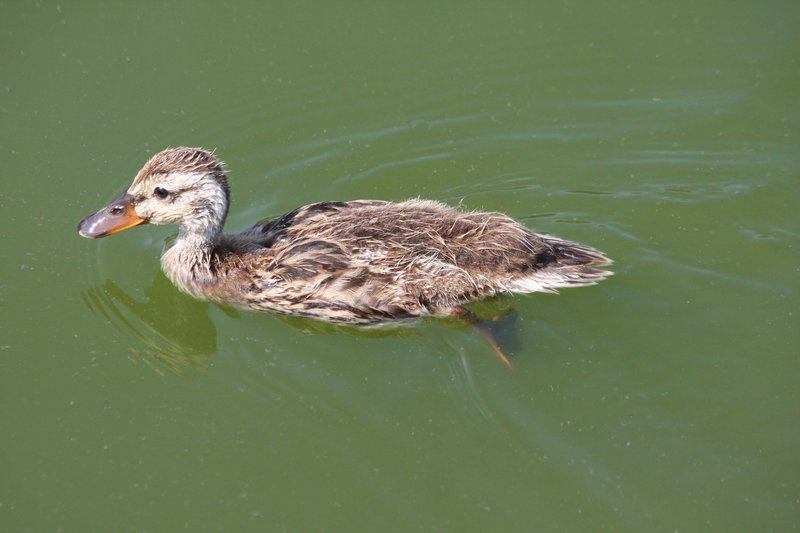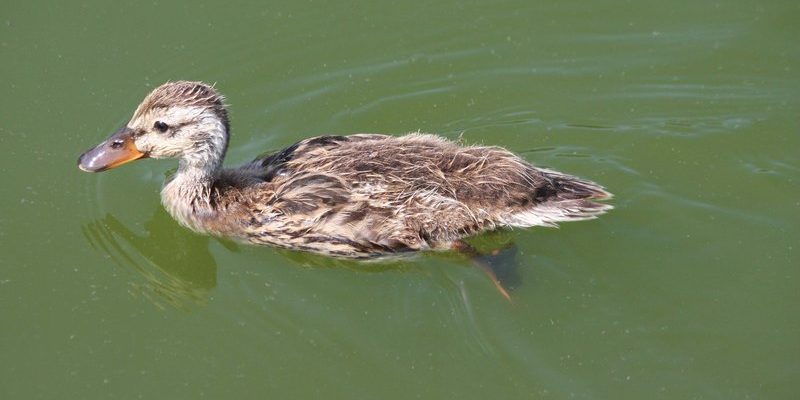
The mallard, scientifically known as *Anas platyrhynchos*, is one of the most well-studied and recognized waterfowl globally. You might be surprised to learn that this bird has a remarkable evolutionary journey, with roots tracing back millions of years. It’s not just a pretty face; the mallard’s adaptability and resilience have played key roles in its survival and success.
So grab your coffee, and let’s take a closer look at the history and evolution of these captivating ducks, exploring how they got to where they are today.
The Ancestry of the Mallard
The story of the mallard begins long before humans inhabited the Earth. These ducks can trace their lineage back to a group of birds known as *Anatinae*, which emerged during the late Eocene epoch, around 50 million years ago. At that time, the planet looked vastly different, with warmer climates and lush wetlands. As climate and geography shifted, so did the ancestors of today’s mallard.
You might be wondering how the mallard fits into this evolutionary puzzle. Well, it’s a fascinating blend of adaptation and exploration. Over time, various species of ducks evolved, and the mallard adapted to thrive in diverse environments—from freshwater lakes to urban parks. Their remarkable ability to adjust to different habitats has made them successful survivors.
This rich history is what makes the mallard such an interesting bird. They are often seen as the common duck, but really, they represent a long line of evolutionary achievement from their ancestors that played crucial roles in the wetlands and ecosystems across the world.
Physical Characteristics of the Mallard
One of the reasons mallards are so easily recognizable is their colorful plumage. Males, known as drakes, sport a striking iridescent green head, a white neck ring, and a chestnut-colored breast. Females, on the other hand, have a mottled brown appearance, which helps them blend into their surroundings, especially while nesting. This difference isn’t just for show; it serves a purpose. The drake’s bright colors attract mates, while the female’s camouflage keeps her and her ducklings safe from predators.
Beyond their coloration, mallards have several distinctive physical traits. Their broad, flat bills enable them to dabble on the water’s surface, filtering out food like aquatic plants, insects, and small fish. Their webbed feet make them excellent swimmers, but they can also walk well on land. These adaptations make them versatile birds, fitting into various environments and feeding habits.
Watching a mallard glide effortlessly across a pond is a beautiful sight. However, their physical traits are more than just aesthetic; they reflect the long journey of adaptation that has helped them thrive in different settings.
The Mallard’s Role in Ecosystems
Mallards play a vital role in their ecosystems. As dabbling ducks, they primarily feed on aquatic plants and invertebrates. By foraging in wetlands, they help maintain a healthy ecosystem balance. Their feeding habits can influence plant growth and provide nutrients that benefit other wildlife.
Additionally, mallards are important indicators of environmental health. Because they are found in a variety of habitats, observing their population levels can give researchers clues about the condition of these environments. Declines or changes in mallard populations can signal larger ecological issues, prompting conservation efforts.
As they migrate, mallards also contribute to the dispersal of plant seeds across different regions. This means that not only do they rely on their habitats, but they also help to shape them. It’s a beautiful cycle of interdependence that showcases mallards as key players in the ecosystems they inhabit.
Mating and Breeding Habits
When it comes to love, mallard ducks have quite the courtship ritual. During the breeding season, males display vibrant colors and perform elaborate mating dances to attract females. These displays often include head bobbing and soft quacking. Once a female chooses a mate, they bond and typically stay monogamous for that breeding season.
Nest building is another fascinating aspect of mallard behavior. Female mallards often seek secluded spots near water to lay their eggs. They use grass, reeds, and feathers to create a cozy nest. After laying a clutch of about 8-12 eggs, the female will incubate them for around 28 days. During this time, she may be vulnerable to predators, reinforcing the need for her camouflage.
Once the ducklings hatch, they are precocial, meaning they are relatively independent. They can swim and dive shortly after birth, which is crucial for their survival. The female leads them to water, teaching them how to forage. This nurturing behavior highlights the strong bond between mallard mothers and their young.
The Mallard’s Connection with Humans
Humans and mallards have a long-standing relationship, dating back thousands of years. These birds have been domesticated in various cultures, leading to the development of different breeds that are often raised for their meat or eggs. Notably, the Pekin duck, a common domestic breed, originates from the mallard.
Moreover, mallards have become a beloved symbol of wildlife in parks and wetlands worldwide. People enjoy watching them, feeding them, and even photographing them. Their presence enhances our outdoor experiences and promotes an appreciation for nature. Many conservation efforts aim to protect these habitats, ensuring future generations can continue to enjoy the sight of these beautiful ducks.
However, the relationship isn’t without challenges. Urbanization has led to habitat loss for mallards, and pollution can affect their health and breeding success. It’s essential for us to take action to protect these wonderful creatures and their environments.
Conservation Efforts and Future Challenges
As urbanization and climate change threaten wetland habitats, the future of the mallard may be at risk. Conservation organizations are working hard to protect and restore these vital ecosystems. By promoting responsible land use and habitat restoration, we can ensure that mallards continue to thrive.
Education plays a key role in these efforts. By raising awareness about the importance of wetlands and the species that rely on them, we can encourage communities to participate in conservation initiatives. Engaging with local wildlife organizations or participating in park clean-up days can make a big difference.
Here’s the thing: while mallards are adaptable, they are not invincible. Without our support and action, their populations could decline. Protecting their habitats is essential not just for mallards but for countless other species that share these environments.
The Mallard’s Ongoing Legacy
The mallard is more than just a common duck; it’s a testament to evolution, resilience, and the interconnectedness of life. Its journey through history reflects broader changes in the environment and highlights our role in shaping the future.
As we continue to enjoy the beauty and charm of the mallard, let’s also remember our responsibility to protect it. Whether you’re watching them swim in a local pond or learning about their fascinating history, every moment with these ducks is a reminder of the importance of conservation and ecological balance.
So next time you spot a mallard, take a moment to appreciate its rich legacy and think about the role we all play in ensuring they have a bright future.

